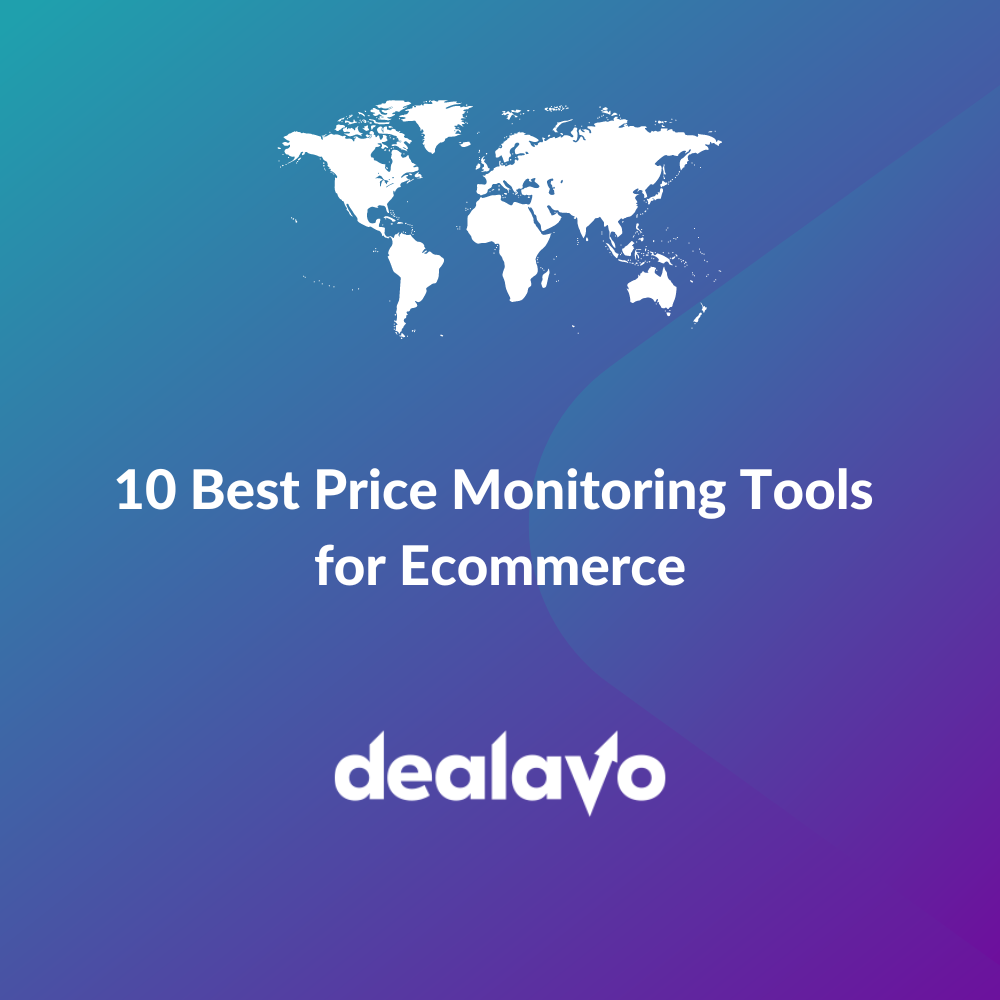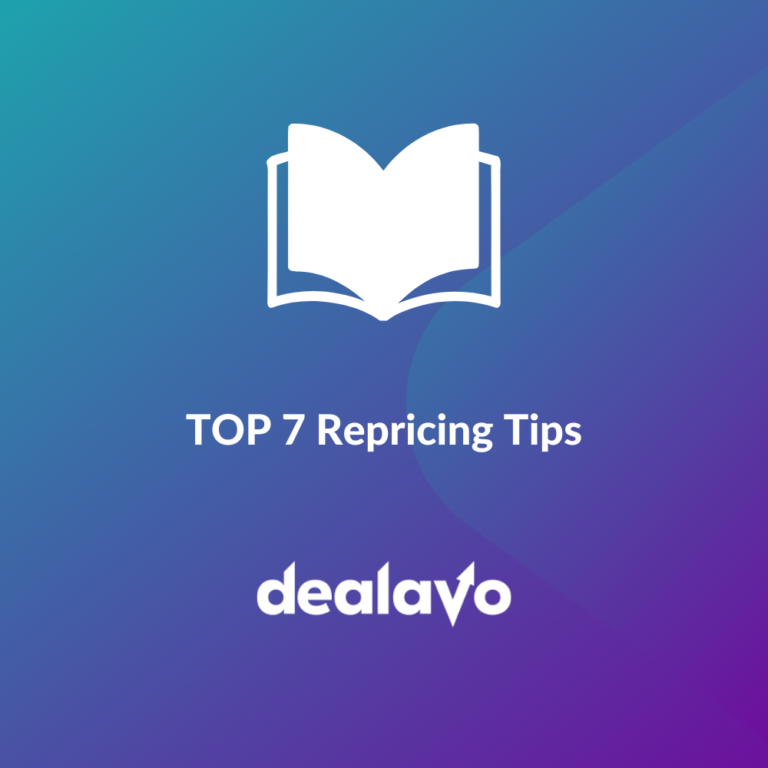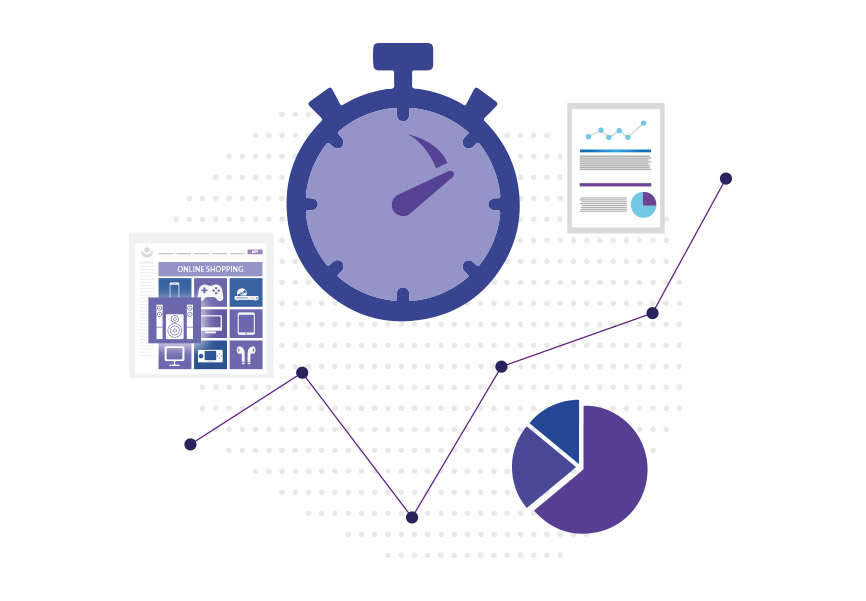
15 Black Friday strategies – ideas and tricks for e-commerce sellers
- 24 October 2024
Every year, sellers and buyers eagerly anticipate this special day in November. During Black Friday, customers can find special product offers for every category – electronics, clothes, toys, tickets for various events and more. Retailers compete in terms of advertising ideas to reach as many potential customers as possible. Of course, creativity is indispensable in this context, but it is equally important to develop the right pricing strategies.
In this article, we discuss in detail what Black Friday really is, and how to prepare for the event as best as possible to draw the attention of consumers and maximize profits in November.
What is Black Friday?
To put it simply, Black Friday is a day of shopping craze. Every year, shortly before Thanksgiving, there is a time for special offers. The first bits of information about Black Friday appeared in the 1960s, and the tradition has been evolving since that time. Hundreds of customers refrain from making early purchases to get their hands on a special Black Friday offer and buy as much as possible. This is true for both online and offline shops. In 2022, Black Friday is on November 25th.
For sellers, Black Friday means a “sales harvest”, but also a lot of effort. On the one hand, a rise in the interest to purchase products can result in a lot of profit. On the other, competition is at its highest. Even a minor error may cause financial losses. This is why it is so important to prepare the implementation of sales strategies beforehand. In this article, you will learn how to prepare your Black Friday sale, step by step.
Black Friday or Cyber Monday? – similarities and differences
Before we proceed to discuss e-commerce strategies for Black Friday, we will shortly describe what Cyber Monday is. In short, Cyber Monday is the e-commerce equivalent of Black Friday. While Black Friday is both for e-commerce and offline sales channels, Cyber Monday mainly targets e-commerce businesses. However, the most recent reports indicate that customers more eagerly purchase electronics during Black Friday, while clothes and accessories on Cyber Monday.
Regardless of these facts, e-shop owners should prepare themselves for long-term sales in November.
Black Friday in numbers
Despite the long marketing history, one could say that the real Black Friday “boom” began with the COVID-19 pandemic. The lockdowns somewhat forced consumers to make purchases online, leading to increased traffic on e-commerce platforms. The results are also visible in the statistics for Black Friday in 2020. According to a report by Shoper, the transaction value in 2020 went up by 53%. Moreover, Blue Media stated that the total value of transactions during Black Week increased by a whopping 91,5% in comparison to the previous year. In consequence, during the 2020 Black Friday, the sales value (depending on the industry) multiplied 2-3 times. What is more, the transaction value on Shoper alone increased by 154%, while the sales rose by 161%.
Though the problems connected to the pandemic are a thing of the past, numerous customers continue to make their purchases online and are eager to participate in the Black Friday hunt for special offers. For example, in Poland, 75% of consumers are planning to do shopping during Black Week.
Despite this fact, in 2021 retailers had to face a decrease in sales for the first time. According to the data provided by Adobe, Black Friday generated 1.3% less revenue than in 2020, while on Cyber Monday, sales went down by 1.4%.
What about prices?
On Black Friday, sellers attract customers with special offers, discounts and promotions. However, studies show that this isn’t entirely true. According to a report by Deloitte and Dealavo, in 2021, the average decrease in the prices of analyzed products was… 3,6%. Although customers could find discounts of a few dozen %, they were usually reserved for just a single flagship product on offer.
The highest discounts were observed in the gaming industry, going as far down as 20%.
Other significant promotions waited for customers buying beauty products and electronics.
Surprisingly, ⅓ of the analyzed products were priced higher than before the start of Black Week, and no price changes were observed for 20% of goods. The highest price reduction was 36%.
Deloitte experts also claim that in 2021, the price for 68% of products was higher than in 2020. However, this may be connected to the economic crisis, increased inflation, and the interruption in delivery chains.
15 Black Friday strategies for e-commerce sellers
Inform your customers about your special offers
If your goal is to increase sales in your e-shop, inform your customers about the special offers they should expect. Activate your social media, Facebook, Instagram or Tiktok, and do not forget about mailing lists. Contact the best customers to offer them gift cards, discounts or coupons. You can also create special “VIP” offers to increase brand loyalty.
The faster you reach out to your customers, the better. This will give them some time to familiarize themselves with your offer, and to select the products they would like to purchase.
Improve SEO and SEM
Social media is an enormous yet limited sales channel. To make sure you reach the right target group of customers, spend some time developing your website. Of course, you should monitor SEO and SEM as frequently as possible, but during the Black Friday craze, the optimization of content for search engines is a necessity.
Review your keywords, verify Google Ads strategies, and implement new marketing campaigns as quickly as possible. Make sure your shop is displayed at the top of Google’s search results and you will immediately notice the change.
Improve the functioning of your website
One of the major mistakes you can make when preparing for Black Friday is to ignore improvements to your website. Why? Imagine you put a lot of effort into encouraging your customers to make purchases in your online shop, and your site crashes or stops responding due to high traffic. This may cost you not only money, but also customer trust.
To protect yourself against such a situation, prepare your website well. Review the servers, contact the e-commerce platform provider, or – if it is necessary – verify external apps and services. Also, consider the implementation of changes to your website – improve navigation and UX to make your customers feel comfortable when searching for products. If it is possible, add a one-click buying option to simplify the purchasing process as much as possible.
In other words – do whatever you can to improve the functioning of your website and store.
Remember about price monitoring
The e-commerce industry is characterized by frequent changes. Under normal circumstances where there are no promotions, prices may change even a few times a day. However, expect the unexpected during Black Friday.
If you would like to make the best use of this time, you should start monitoring prices. Manual price monitoring is very time consuming and prone to human error. Therefore, if you’d like to eliminate strategic mistakes in price setting and become a leader in your industry, we recommend using a price monitoring tool, such as the one provided by Dealavo.
To remain competitive, online shops have to be well informed about the situation on the market. Thanks to a price monitoring tool, you can apply the best pricing strategy and adapt your prices to current market changes. With Dealavo, you will stay up to date with competitor price drops, and their promotional activities.
Learn more: What is a price tracking tool?
Special offers increase the click rate and a sense of urgency
Let’s say you took care of marketing strategies and improved the performance of your website. Despita that, if you’d like to maximize conversion on your site, you have to encourage your customers to visit your shop more than once
How to achieve this?
It’s simple – introduce time-limited offers. Make sure your customers are surprised by special offers every one or two hours, and your conversion rate will skyrocket. However, easier said than done, especially when you are not using any automated price monitoring tool. To effectively manage prices, find a tool for price tracking with the Dynamic Pricing function.
Dynamic pricing is a pricing strategy in which the prices in your shop change according to predefined rules and the situation on the market. Dynamic Pricing (also called repricing) is becoming an increasingly popular solution in the e-commerce industry. More and more shops make use of repricing software to fully realize the potential of their margins.
Price is not the only thing that matters
It’s clear that the cheapest product wins during a Black Friday sale. However, the proposition of the lowest price is not the only way to attract potential customers. Encourage your customers to make the purchase through coupons, cashbacks and gift cards. You can also apply cross-selling techniques. Most importantly – don’t forget about shipping. If the prices are attractive, but delivery costs are high, many customers will be discouraged from buying. Consider whether you have the possibility to offer a cheaper or free delivery method for your customers.
Make your customers intrigued with your products
You generate the need for purchase through visual appeal. Of course, when making a decision whether to buy something or not, the price is often the main factor, but customers have a tendency to buy products that they simply find attractive, or the ones that intrigue them. Adapt your marketing activities to their needs. Draw customer attention through associations, aesthetics and riddles.
However, what products are worth advertising?
There are a few ways of determining this. First, check out your sales reports and select the most popular products. However, this is not all because there is a chance your competition has the exact same offer as you do, or – conversely – other shops do not have some of the goods at all. This knowledge gives you the option to expand the product offer, or to fill the gaps in your stock, making you stand out from your competition. To acquire access to information about competitor assortment, check out our reports.
Extend the time of your special offers
Black Friday and Cyber Monday make November very dynamic for retailers. Customers can wait the entire year to finalize their much desired purchase. However, experienced sellers know this is not the end. The upcoming holiday season is a huge opportunity to increase sales and generate a lot of profit.
However, it is worth highlighting that not all customers are interested in the Black Friday shopping craze. Therefore, think in advance about potential customers who may be interested in your offer, but for various reasons will not make the purchase in the chaotic time of huge sales. Reach out to them with a post-sale special offer. It’s a win-win situation for both sides.
Make use of multichannel sales
As a seller, you probably use many platforms, apps or sites for the advertising and sale of your products. However, did you know that customers also check and compare multiple channels before making a purchasing decision? This is why you should always create unique purchasing experiences for your customers.
The right multichannel sales strategy will maximize your ROI and increase customer loyalty.
However, the management of multichannel sales requires the support of the right tools. With Dealavo, price tracking in multiple sales channels is not a problem. We will help you control and verify multichannel pricing strategies to increase your sales and competitiveness on the market.
Learn more: Managing an omnichannel strategy
When decreasing prices, remember about the margin
15-20% discounts are usually perceived as a good bargain. Unfortunately, on Black Friday, you have to be more radical. During this time, customers search for the “Holy Grail”, something they cannot have every day. This is why Black Friday discounts can go as high as 40-50%. Of course, such discounts attract new customers, but may lead to serious financial trouble. Many online shops create attractive offers from the customers’ point of view, but not from the business side.
With a price monitoring tool you will be able to track prices and monitor margins. In practice, you gain the possibility to sell products at a lower price while maintaining profits.
Contact us to learn more about the Dealavo solutions.
Recover abandoned shopping carts
On Black Friday, your customers will frequently change their minds. The sheer number of special offers will release the mechanism of impulsive purchases. This means many abandoned shopping carts and unfinished transactions, which may significantly decrease conversions and have a negative influence on your profits. Therefore, use e-mail marketing or Messenger to remind customers about interrupted shopping, and encourage them to return to your page. You can also automate the process thanks to many apps available on the market.
Be mobile-friendly
Numerous studies show that 40% of all internet purchases are made through a smartphone. This is why when upgrading your website, remember about the mobile version. To improve performance, reduce the size of images and increase fonts. Pop-up windows may look good in the desktop version, but never on the phone. Change button sizes and placement, especially with the one-click option. Try to maximize simplicity in the mobile version so customers can purchase products without problems.
Automate your shop
Increased number of special offers and huge website traffic are also associated with managing huge amounts of data. Manual monitoring in such a case is both time-consuming and prone to human error.
Retailers who would like to increase their sales on Black Friday, but also long-term, should always consider automation. You may automate many areas of your e-commerce business: updating stock levels and prices, integrations, and even customer service. During the time of autumn sales, consider installing chatbots and apps for price automation. Automated price updates may increase your profits even by 50%, learn more by reading the story of one of our customers.
Find out more: How to use Business Process Automation in e-commerce?
Monitor your inventory
If your efforts are successful, your sales indicator will go up significantly. However, seeing how dynamic customer behavior can be on Black Friday, you will not be able to predict everything. Of course, price monitoring is the first step to tracking market changes, but you should also pay particular attention to both your own and competitor inventory levels. This will give you the chance to quickly react when faced with sudden changes or product unavailability on both sides. Analyze and optimize your inventory to make sure your online shop achieves success. Inventory management tools and price monitoring solutions, such as Dealavo, will be of great help.
Dealavo guarantees access to reliable, high quality data that will allow you for a thorough analysis of the present market situation. Check out our Competitor’s Assortment Report and Dynamic Pricing to outmatch your competitors.
Always verify your strategies in advance
Every theory put into practice should be verified. This is also true for the e-commerce industry. Despite the fact you may have extensive knowledge in terms of marketing strategies, or maybe even you have already picked “the best one for you”, this still doesn’t mean your choice will work 100%. Do not hesitate to try multiple options. Implement, analyze and modify before your strategy goes live.
Learn more: Pricing strategies in e-commerce
Conclusion
Black Friday is an important day for e-commerce retailers. However, with the perspective of huge profits, there also comes the risk of losses. We are sure that the ideas above will help you prepare well for autumn sales and make good use of Black Friday. What will the statistics for 2022 look like? We will know this in December. You will be able to find the article on our website.





